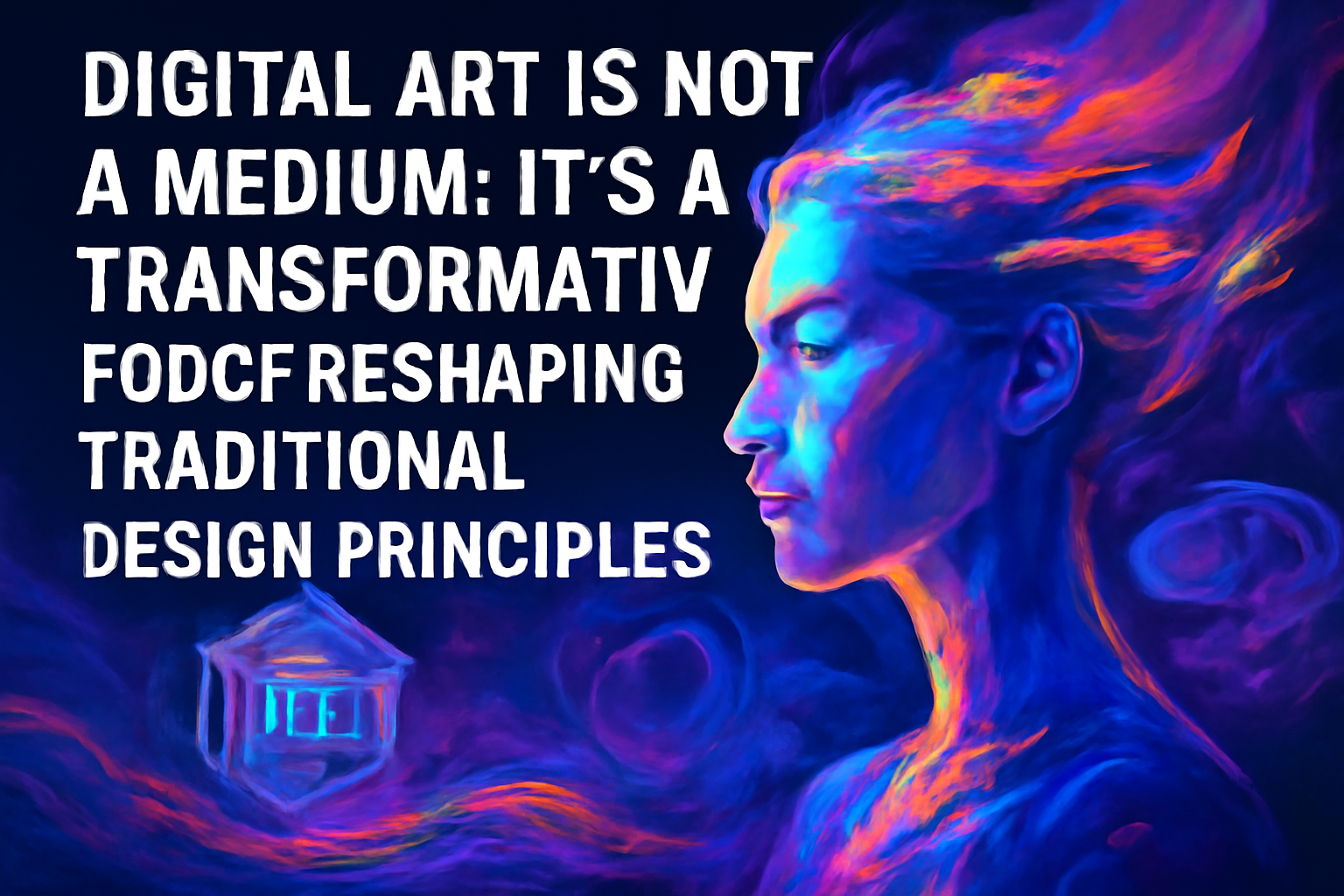Location
Mount Vernon, WA 98274
Location
Mount Vernon, WA 98274

Digital art is not just a medium; it's a transformative force reshaping traditional design principles. From NFTs to virtual reality installations, artists are pushing boundaries and challenging perceptions of creativity in the modern age.
In recent years, digital art has emerged as a significant player in the art and design world, transcending traditional aesthetic boundaries and redefining how we perceive creativity. With the rise of technology, artists are harnessing digital tools to explore new forms of expression, leading to a revolution that is altering the landscape of design.
One of the most notable trends within this digital renaissance is the growing popularity of Non-Fungible Tokens (NFTs). These blockchain-based assets allow artists to sell their work in a secure, transparent manner, creating a new economic model for artists and collectors alike. High-profile sales, such as Beeple’s $69 million digital artwork, have brought mainstream attention to the potential of digital art, prompting both excitement and skepticism within the traditional art community.
Furthermore, the integration of augmented reality (AR) and virtual reality (VR) in art installations is captivating audiences and blurring the lines between the physical and digital realms. Artists like teamLab and Olafur Eliasson are creating immersive experiences that invite viewers to interact with art in ways that were previously unimaginable. These experiences not only enhance viewer engagement but also challenge the notion of what art can be.
The impact of digital art extends beyond aesthetics; it also raises important questions about ownership, authenticity, and the role of the artist in the digital age. As artists embrace these new tools, they are navigating a complex landscape where traditional art markets are evolving, and new platforms for sharing and monetizing work are emerging.
Moreover, educational institutions are adapting to this shift by incorporating digital art and design into their curricula. Schools are now offering specialized programs that focus on digital skills, preparing the next generation of artists to thrive in an increasingly digital world. This emphasis on technology in art education not only fosters innovation but also encourages students to explore the ethical implications of their work in a digital context.
As the digital art movement continues to gain momentum, it is clear that this new wave of creativity is not merely a trend but a fundamental shift in how we understand art and design. By embracing technology, artists are not only expanding their creative horizons but also redefining the boundaries of what art can achieve, inviting us all to reconsider our relationship with creativity in the 21st century.